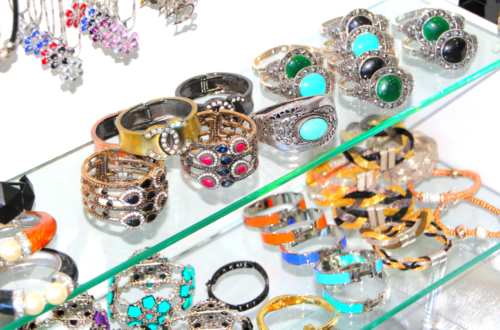
Fashion’s Newest Trend: Shows Reaching Out to Everyone
Ever since the dawn of fashion, the runway has been home to some of the most exclusive and luxurious events in the world. With shows becoming evermore accessible for the average person, however, there’s been an increased focus on creating collections that are inclusive of everyone.
In this article, we’re going to be taking a look at why fashion shows are starting to reach out to a wider audience, and what this means for the future of the industry. So let’s get started!
How the Fashion Industry Has Changed
In recent years, the fashion industry has undergone a drastic change as shows have begun reaching out to a wider audience. Shows have created opportunities for designers from all walks of life to showcase their talent. This inclusive attitude has led to more inclusive clothing lines, which in turn has helped increase diversity throughout the industry.
Some of the most popular inclusive brands work hard to ensure that their clothing is accessible to everyone, regardless of race or gender identity. This shift in the fashion industry is important because it helps bring people together and creates a more inclusive society.
Moreover, the rise of technology has played an important role in this transformation. For example, the use of AI in fashion has changed the way designers do their craft. Tools like this AI Fashion Model Generator have made it possible for designers to market their products more efficiently, enabling them to create more realistic and diverse virtual models to showcase their designs in different ways. By using such advanced technologies, the fashion industry is becoming more sustainable and inclusive, removing barriers and opening up new avenues for creativity.
Why the New Trend in Fashion is Reaching Out to Everyone
In recent years, fashion has trended towards a more inclusive approach to dressing. Shows have been designed specifically for people of all ages and body types, while collection lines feature an eclectic mix of models that range from size zero to plus-size.
While some may argue that this shift away from traditional runway fashion is only a superficial marketing ploy designed to appeal to a wider demographic, there are many reasons behind the trend.
For one, designers are increasingly aware of the importance of representing all facets of society in their designs. Inclusivity not only boosts sales among people who identify with the style represented, but it also encourages other people to try fashion for the first time and explore its endless possibilities.
Moreover, when designers create truly universal styles, they open up new opportunities for collaboration with other industries. For example, an emerging designer will team up with architects and street artists to create unique pieces for her fall collection. By bridging the gap between different fields and disciplines, the designer is paving the way for future collaborations that will result in even more innovative and ground-breaking designs.
The Fine Line Between Fashion and Elitism
Fashion’s newest trend shows are inclusive and welcoming to everyone. Although some people may see this as a sign of elitism, these designers believe that fashion should be for everyone.
In recent years, there have been more designers who have included plus-size models in their shows, which has helped improve the representation of this group in the industry. Additionally, these designers are working to create clothes that are versatile and timeless, regardless of a person’s size or shape.
Elitism is defined as an excessive or unjustified preference for one’s group or class, typically with the belief that one’s group is superior. In this case, some people may see fashion designers who are inclusive as exhibiting elitism because they are privileging certain groups of people over others.
However, these designers believe that fashion should be for everyone and that there is no such thing as ‘the perfect body shape’. By including plus-size models and creating clothes that are versatile and timeless, these designers are working to create a better industry for all.
What Makes a Show Successful?
Successful fashion shows are not just about beautiful clothing. They’re also about creating an interactive and engaging experience for the audience. Shows that succeed in this regard create a sense of community, which is why they’re so popular with younger audiences.
One way to create an engaging experience is to make it participatory. That means encouraging audience members to get up and join in on the action or explore the exhibition space on their own. It also means incorporating elements of storytelling into the show design, so that viewers can get a sense of what each piece represents and why it matters.
Another important factor in making a show successful is accessibility. Whether it’s providing information about the designers and their collections or providing QR codes for visitors to scan with their phones, making the show accessible means that everyone can participate regardless of their level of knowledge or interest in fashion.
Last but not least, successful fashion shows are memorable experiences that guests will want to come back to again and again. That means designing everything from stage sets and lighting arrangements to social media content and marketing materials around a cohesive theme or idea. By working together as a team, we can help your fashion show achieve success!
In today’s society, it seems that fashion is more inclusive than ever before. Shows are reaching out to people of all ages and body types, which is great news for those who feel left out or uncomfortable in traditional clothing stores. There’s no need to feel like you have to stick to the same style as everyone else when there are so many amazing options available just waiting for you at the next show.




